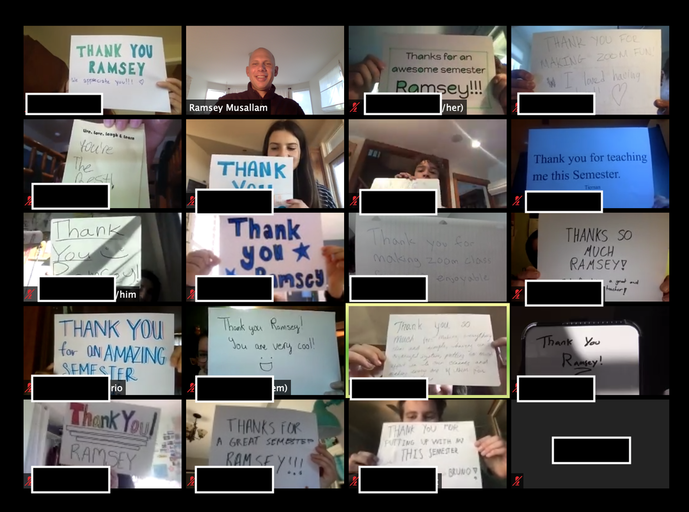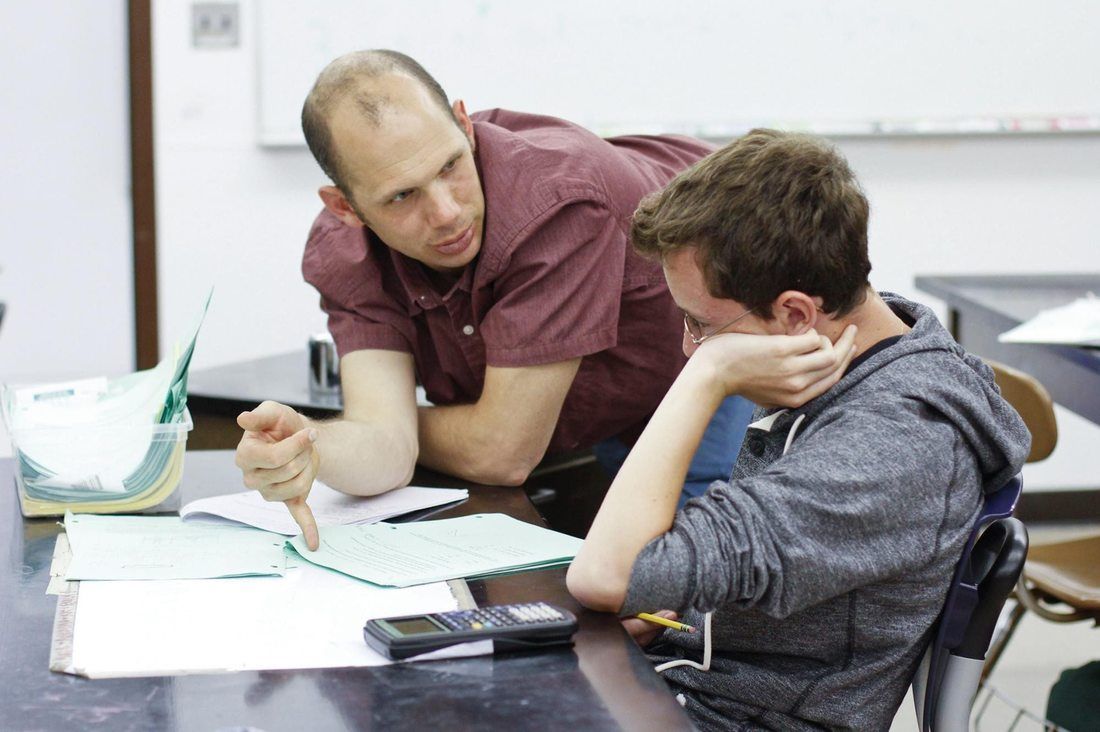|
|
|
My "Engineering for Social Good" class just completed a three-week design cycle leveraging the MakeyMakey in the 100% distance learning setting. I have written about similar projects before, and I am, yet again, amazed by the power of the the "shelf" feature in Padlet for student public showcase, collaboration, and tracking of the design cycle. See embed the entire cycle below.
1. This Victor Wooten video got me thinking about how inquiry learning/curiosity can be applied to all learning mediums.
2. This is how I will be organizing my lessons as students begin to come back to class in our hybrid model. Some students will be at school and some students will be home via Zoom. 3. Leveraging "What if" thought experiments continues to be a powerful strategy for distance learning. 4. Using the "bookshelf" feature in Padlet to organize design cycles in my engineering class continues to be a powerful way to organize student work. 5. Keeping #1 in mind, I cannot get this Victor Wooten quote out of my head. Implications for learning and instruction are HUGE: "We accept their way of learning knowing they will learn our way later." I recently discovered this amazing YouTube channel that proposes, WELL PRODUCED, video scenarios about perplexing "What if..." scenarios and then animates/describes what would occur? For example: "What if the oxygen disappeared from the world for 5 seconds?" or "What if the moon exploded?", etc. Keeping "What if" in mind, I have been struggling with hands-on labs during distance learning, and have recently been experimenting with leveraging the scenarios described in on the channel to empower "Thought Experiments" rather than forcing distance learning labs while student are not in class. I did two "What if" thought experiments this week, one in my Chemistry class, and one in my Biology class. Students LOVED THEM! The went like this:
Use "What if" thought experiments to spark curiosity about an upcoming unit (as I did above prior to a unit on Cellular Respiration), or challenge student's ability to apply learned content to a new, hypothetical situation. Either way, "What if" thought experiments have transformed engagement in my online classes this week.
Yesterday I was in search of some new "kitchen chemistry" labs (100% distance learning) for my students to perform in my Honors Chemistry class as we begin relating covalent bonding and molecular geometry to Intermolecular Forces.
Tired of the same activities used during my distance learning course last semester (pepper, soap, water, etc.) I was drawing a blank as to a safe, exciting, and simple activity students could do that would not require a trip to the store for parents. SERENDIPITOUSLY, the exact same day, my 3rd grade daughter had this Kiwi Crate activity delivered as part of her subscription (gift from the Grandparents!). Boom! Parchment paper, food coloring, and it as on! I then created this activity on the spot, which led to this Padlet 24 hours later. Thanks Kiwico! This is a short post/journal entry about something that has been on my mind, and nagging at me since the beginning of distance learning.
I have noticed a shift in my teaching that occurs when I minimize student cameras while teaching in Zoom. That is, they can see me, and the screen I am sharing, but I cannot see them. Paradoxically, I have noticed that my instruction, and ability to connect with them increases. I feel more comfortable, free, and open to share knowledge in clear and structured ways. This realization has been strange, in that I depend heavily on my relationships with students during face-to-face instruction, however in the Zoom setting, seeing their faces while teaching particularly complex information seems to decrease my ability to connect via the content. My working hypothesis is that, while face-to-face instructions offers a true, human connection, a Zoom window places emphasis on facial expression. Perhaps my empathetic side is overly drawn to student facial expressions, inhibiting me from pushing through complex concepts, while I am pulled into looks of frustration, confusion, etc? When I do not see them (gallery minimized) I can push through this moment better, allowing time for students to negotiate the complexity before I jump in and "rescue" them from their perplexity, something I do naturally. In the face-to-face setting, this perplexity exists in the context of a myriad of other variables that make the relationship more simple, meaningful, and real. With only a confused face I almost feel paralyzed at times. Thus, I have been exposing the entire class during discussion/Q&A and minimizing their visibility during direct instruction. I'm not sure what I'm saying here, but I felt a need to put it into writing. I am very much looking forward to being with my students in the classroom once again. Side note, this came back to bite me once when, in the middle of a lecture where I was sharing my screen and had their cameras minimized, the students surprised me with the below. I was not responding and kind student said "Um...Ramsey, can you see us?". Ha! awkwardly caught red-handed! |
Categories
All
Archives
March 2024
|


 RSS Feed
RSS Feed